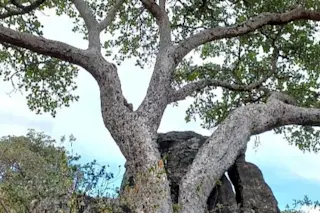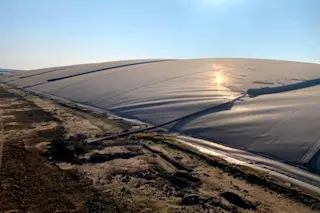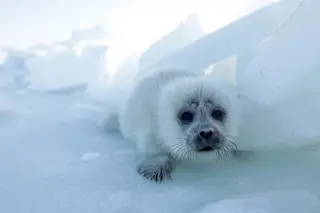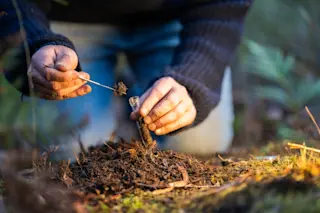To get to work in the summertime, Douglas Larson, an affable 46- year-old botanist from the University of Guelph in Ontario, hikes to the top of a steep cliff, straps on a harness, and leaps into the abyss.
The cliff he jumps from is part of the Niagara Escarpment, a meandering wall of limestone and dolomite that begins near Niagara Falls, then wends its way north, passing within miles of the Guelph campus on its way to the Bruce Peninsula, which juts into Lake Huron; from there the escarpment hooks around Lake Michigan and turns south for 496 miles before petering out 125 miles north of Chicago. Formed 450 million years ago, the escarpment was once the edge of an ancient sea that sat roughly where the Great Lakes sit today, making it of obvious interest to a geologist or perhaps a paleontologist. The reason it is of interest to ...














